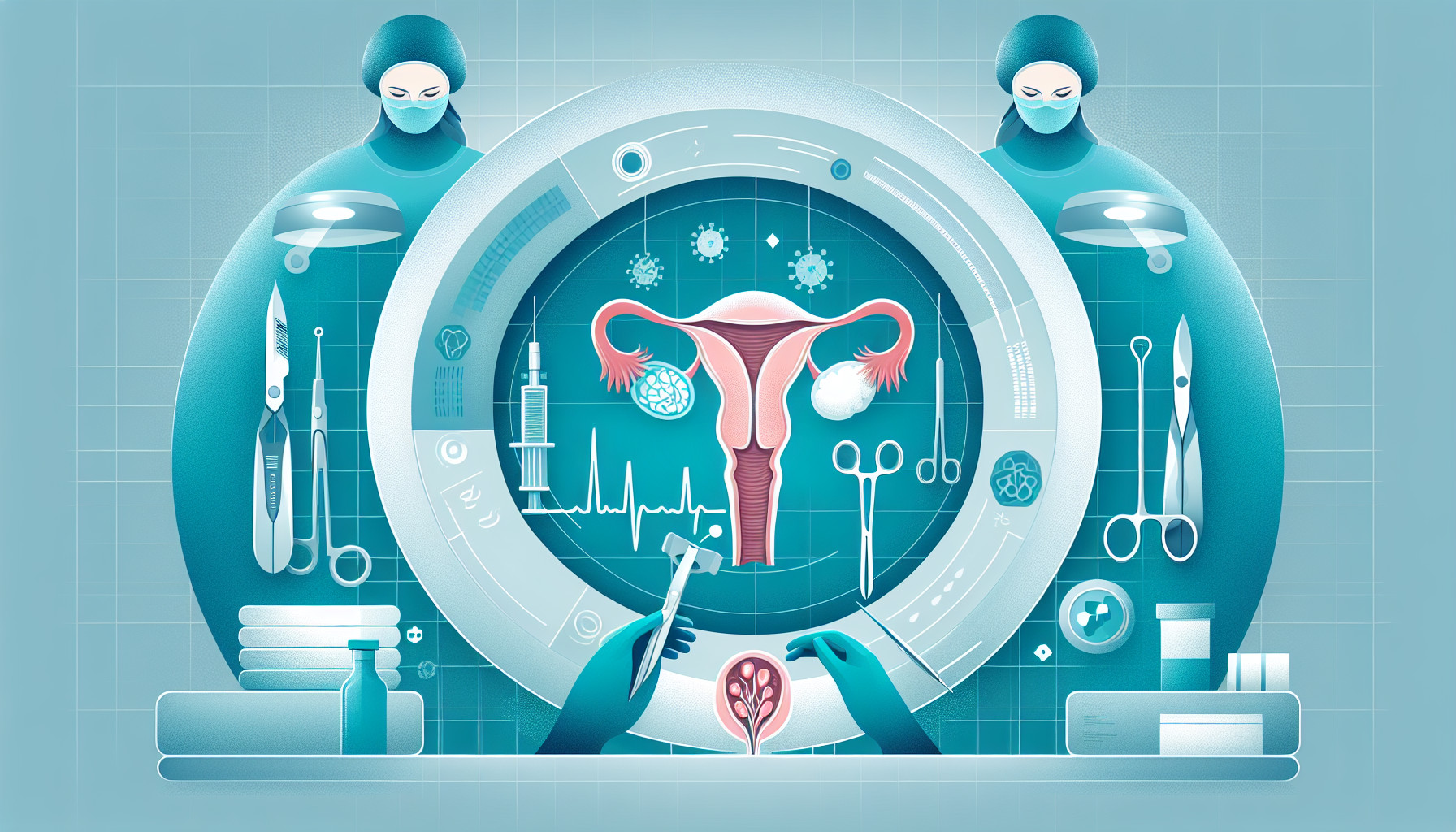Our Summary
This study focused on how to improve reproduction in dairy cows that have just given birth and are suffering from ovarian issues such as cysts or persistent follicles. 48 cows were included in the study and were given specific treatments depending on their specific issue (cysts, persistent follicles, or no issues).
The study found that the treatments greatly improved the cows’ ovarian activity, especially after an injection of a drug called PGF2α. Cows with cysts and persistent follicles showed a high response rate during the artificial insemination period, with response rates of 71.43% and 75.02% respectively. In comparison, healthy cows had an ovulation rate of 54.5% and a pregnancy rate of 31.8%.
The treatments improved the cows’ reproductive performance significantly. The ovulation rates in the cyst and persistent follicle groups were 71.43% and 75%, and the pregnancy rates at the first artificial insemination were 64.28% and 66.7%.
In conclusion, the study suggests that early, customized treatment for recently birthed cows suffering from ovarian issues can improve their reproductive performance and minimize the time to their first service.
FAQs
- What is the main focus of the study on dairy cows?
- How did the treatment affect the dairy cows’ reproductive performance, specifically those with ovarian issues?
- What were the ovulation and pregnancy rates in cows with cysts and persistent follicles after the treatments?
Doctor’s Tip
A helpful tip a doctor might tell a patient about ovarian cyst removal is to follow post-operative care instructions carefully. This may include taking prescribed medications, avoiding strenuous activities, and attending any follow-up appointments as scheduled. It is important to communicate any unusual symptoms or concerns with your healthcare provider to ensure a smooth recovery process.
Suitable For
Patients who are typically recommended ovarian cyst removal include those who have large cysts that are causing severe pain, are growing in size, are interfering with the blood supply to the ovaries, are suspected to be cancerous, or are not resolving on their own. Additionally, patients who have recurrent cysts that are impacting their fertility or causing other complications may also be recommended for ovarian cyst removal. It is important for patients to discuss their individual case with their healthcare provider to determine the best course of action for their specific situation.
Timeline
Before ovarian cyst removal:
- Patient may experience symptoms such as pelvic pain, bloating, nausea, and changes in menstrual cycle.
- Patient may undergo imaging tests such as ultrasound to diagnose the ovarian cyst.
- Patient may be prescribed pain medication or hormonal therapy to manage symptoms.
- Patient may discuss treatment options with their healthcare provider, including the possibility of surgical removal of the cyst.
After ovarian cyst removal:
- Patient undergoes surgery to remove the ovarian cyst.
- Patient may experience some pain and discomfort following the surgery.
- Patient is monitored for any complications or signs of infection.
- Patient may be prescribed pain medication and advised to rest and avoid strenuous activities.
- Patient follows up with their healthcare provider for post-operative care and monitoring.
- Patient may experience relief from symptoms such as pelvic pain and bloating after the cyst is removed.
What to Ask Your Doctor
Some questions a patient should ask their doctor about ovarian cyst removal include:
- What are the different treatment options available for ovarian cyst removal?
- What are the potential risks and complications associated with ovarian cyst removal surgery?
- How long is the recovery period after ovarian cyst removal surgery?
- Will removing the cyst affect my fertility or hormone levels?
- Are there any lifestyle changes or medications I should consider post-surgery to prevent future cysts?
- How often will I need follow-up appointments after the surgery?
- What are the chances of the cyst recurring after removal?
- Are there any alternative treatments or therapies I should consider in conjunction with or instead of surgery?
- How will ovarian cyst removal impact my overall health and well-being in the long term?
- Are there any specific dietary or exercise recommendations I should follow to support my recovery and prevent future cysts?
Reference
Authors: Mariol NM, Mahdy AB, Amer HA, Aghwider AA, Hazzaa AM. Journal: Open Vet J. 2024 Apr;14(4):1029-1042. doi: 10.5455/OVJ.2024.v14.i4.10. Epub 2024 Apr 30. PMID: 38808298
